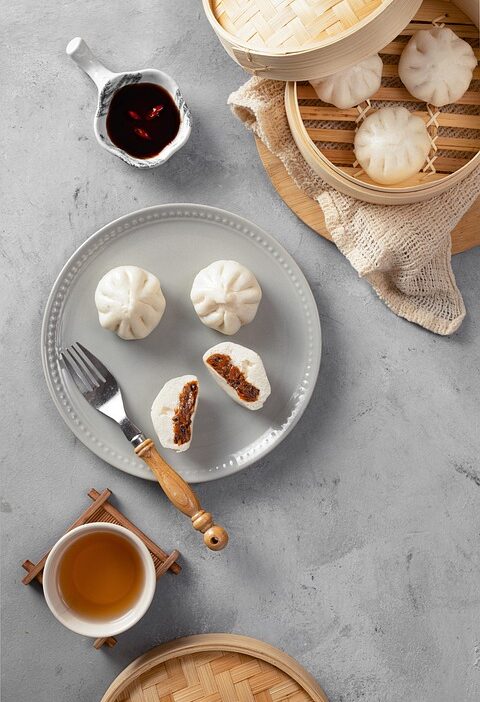In the culinary world, food presentation is as crucial as flavor. A beautifully arranged plate can elevate a dining experience from merely satisfying to truly memorable. Achieving this art form requires attention to three key elements: color, texture, and balance. Understanding how to skillfully combine these elements can turn a simple dish into an impressive work of art.
The Power of Color
Color not only stimulates the appetite but also plays a pivotal role in the perception of taste. A vibrant palette suggests freshness and quality. Here’s how to harness the power of color in food presentation:
-
Use the Color Wheel: Colors that are complementary (opposite each other on the wheel) create a dynamic contrast. For example, pairing roasted carrots (orange) with a green herb sauce not only creates visual interest but also heightens the dish’s appeal.
-
Incorporate Seasonal Produce: Seasonal fruits and vegetables offer natural color variations. Utilizing blueberries, pomegranates, or squash can liven up your dish while celebrating the season’s bounty.
- Layer Shades: Aim to create depth through layering. Light greens, dark greens, and pops of red or yellow on the same plate can make the dish visually captivating. Think of a salad that combines arugula, cherry tomatoes, and roasted beets for a stunning presentation.
The Importance of Texture
Texture adds a tactile dimension to food, inviting diners to engage with their meal. Different textures can enhance the sensory experience, making a dish more enticing. To create an inviting textural contrast, consider the following:
-
Mix and Match: Combine soft, creamy elements (like a whipped potato or avocado) with crispy components (such as fried shallots or croutons). This contrast offers a more satisfying bite.
-
Garnish Wisely: Don’t overlook garnishes. A sprinkle of nuts, seeds, or microgreens can add both texture and visual intrigue. For example, topping a creamy soup with crispy bacon bits and fresh herbs not only enhances flavor but adds contrasting textures that are delightful to the palate.
- Variety of Techniques: Utilize various cooking techniques to introduce texture. Think about combining grilled, roasted, and raw elements in a dish, like a grain bowl topped with grilled vegetables, fresh herbs, and raw radishes.
The Art of Balance
Balance in food presentation is about more than just distribution; it’s about achieving harmony between flavors, colors, and textures. When a dish feels balanced, it is more likely to be visually appealing and enjoyable. Here’s how to ensure balance in your food presentation:
-
Composition Matters: Consider the rule of thirds in plating. Imagining your plate divided into three sections helps distribute components evenly, preventing any one part from overwhelming the others.
-
Portion Control: Mind the size of each element. Too many components can lead to visual clutter, while minimalism often flatters the core ingredients. Ensure that the star of your dish remains prominent without being overshadowed by sides or garnishes.
- Negative Space: Just as important as what’s on the plate is what isn’t. Allowing for a bit of negative space—blank areas of the plate—can create a more sophisticated look, drawing attention to the food itself.
Conclusion
Food presentation is a delicate balance of color, texture, and composition. Each element serves a purpose in making a dish visually stimulating and enjoyable. Whether you’re a professional chef or a home cook, taking the time to enhance your plating can turn an ordinary meal into a culinary masterpiece. By embracing these principles, you can create visually stunning dishes that not only look good but taste delicious as well. So next time you plate your dish, remember: your meal deserves to be appreciated with all the senses.



